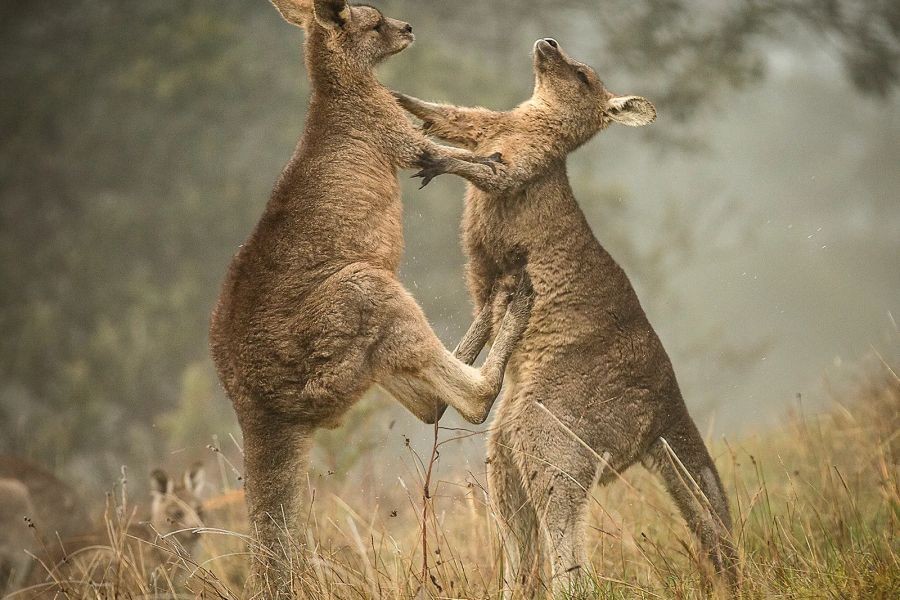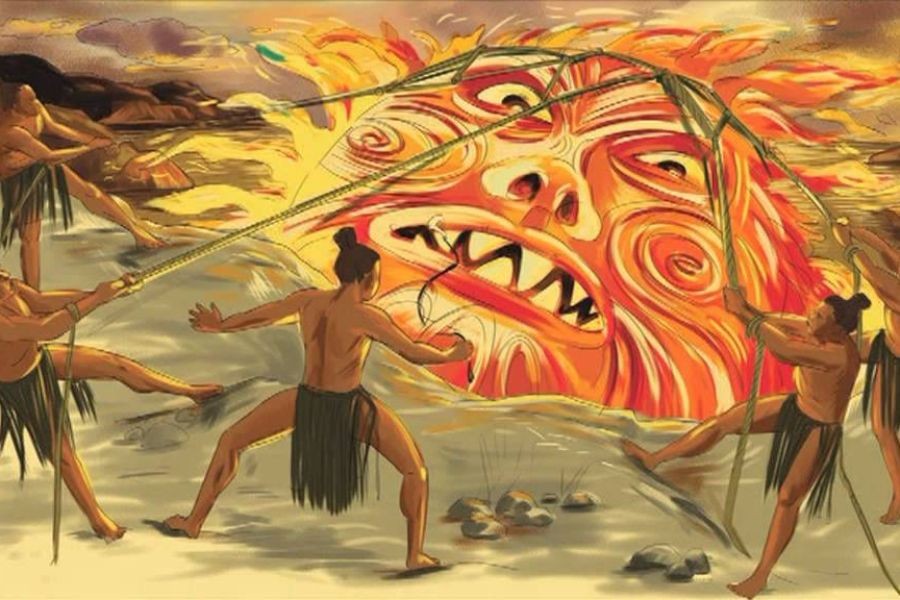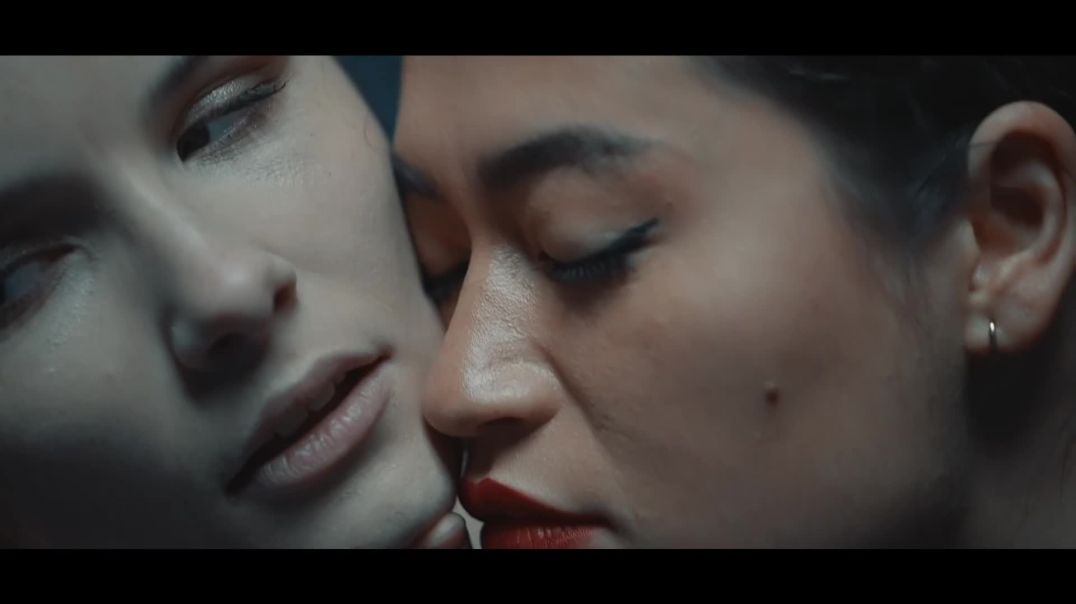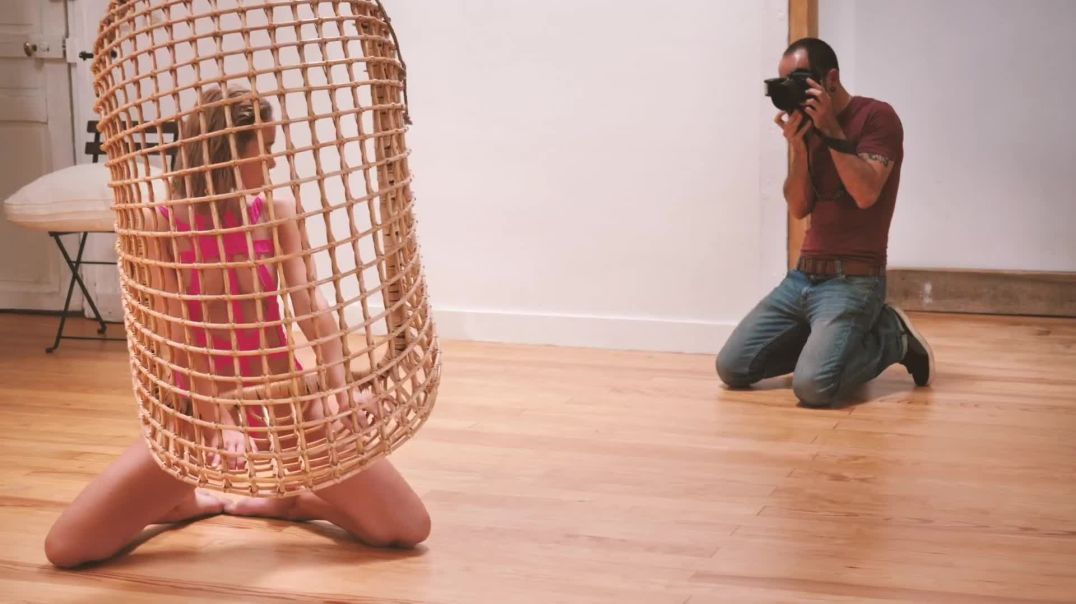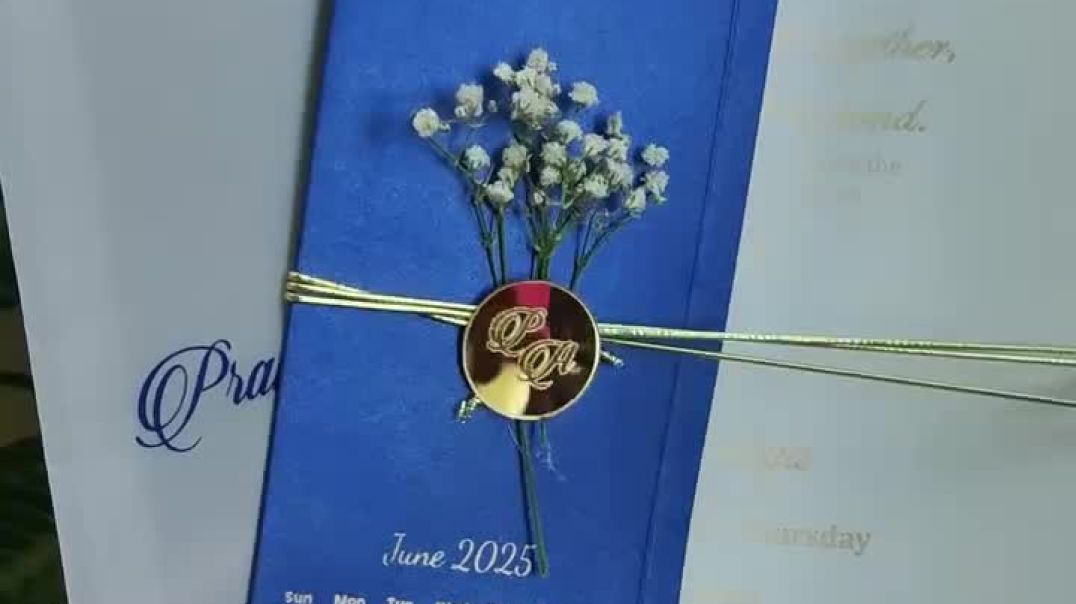In the vibrant tapestry of New Zealand's culture, Māori traditions and artistry stand out as a cornerstone. Māori culture, with its rich history and profound symbolism, has deeply influenced the country's modern art scene. This influence is not only a reflection of New Zealand's heritage but also a dynamic contributor to its economy and global artistic reputation. Understanding this intersection is crucial for marketers aiming to connect with the Kiwi audience genuinely and effectively.
Introduction to Māori Influence on Art
Māori culture is an integral part of New Zealand's identity, with its motifs and stories deeply embedded in national consciousness. This cultural heritage extends beyond traditional crafts to influence contemporary art, music, and even digital platforms. For marketing specialists, the challenge lies in authentically incorporating these elements into campaigns, thus honoring their significance while engaging a modern audience.
Pros & Cons of Māori Cultural Influence in Art
Examining the impact of Māori culture on New Zealand’s modern art scene involves weighing both its benefits and potential pitfalls.
✅ Pros:
- Cultural Enrichment: Māori art adds depth and diversity, enriching the cultural landscape and offering unique narratives that resonate globally.
- Economic Opportunity: Art inspired by Māori culture attracts tourists and art enthusiasts, contributing significantly to New Zealand’s economy. According to Stats NZ, the arts and recreation services industry contributed approximately $2.8 billion to the GDP in 2022.
- Global Recognition: Māori art forms have gained international acclaim, elevating New Zealand’s status in the global art scene.
❌ Cons:
- Cultural Appropriation Risks: There is a thin line between appreciation and appropriation. Misuse of Māori symbols can lead to backlash and damage brand reputation.
- Regulatory Challenges: Adhering to cultural property rights and obtaining permissions can be complex, requiring careful navigation by businesses.
- Misinterpretation: Incorrect representation of Māori culture can lead to misunderstandings and cultural insensitivity.
Case Study: Te Papa Tongarewa – A Beacon of Māori Art
Problem: Te Papa Tongarewa, New Zealand’s national museum, faced the challenge of effectively showcasing Māori culture in a manner that was both respectful and engaging for a diverse audience.
Action: The museum adopted an inclusive approach, collaborating directly with Māori artists and cultural experts. They incorporated interactive exhibits and digital storytelling to bring Māori art and traditions to life.
Result: Visitor engagement increased by 35% in the first year of implementing these changes. The museum also saw a 25% rise in international tourists, contributing significantly to Wellington’s local economy.
Takeaway: By prioritizing collaboration and cultural accuracy, Te Papa Tongarewa set a benchmark for how institutions can celebrate Māori culture while enhancing visitor experience.
Data-Driven Insights: Māori Art and the Economy
According to the Ministry of Business, Innovation, and Employment (MBIE), the creative sector, heavily influenced by Māori cultural elements, is one of New Zealand's fastest-growing industries. It employs over 90,000 people and contributes more than $17.5 billion to the economy. The importance of representing Māori culture accurately in business and marketing cannot be overstated, as it holds potential for both economic growth and cultural preservation.
Common Myths & Mistakes
- Myth: Māori art is only traditional and not relevant to modern contexts.Reality: Māori art evolves with time, integrating modern elements while preserving its heritage, making it relevant and innovative.
- Myth: Incorporating Māori designs into products is straightforward.Reality: It requires deep understanding and respect for cultural significance to avoid appropriation.
- Myth: Māori culture is monolithic.Reality: There is a rich diversity within Māori culture that should be acknowledged and celebrated.
Future Trends & Predictions
The future of Māori influence in art and business is promising. As digital platforms gain prominence, Māori artists are increasingly utilizing technology to share their work globally. By 2028, it is predicted that Māori-inspired digital artworks will constitute a significant portion of New Zealand’s online art exports, according to a report by NZTech.
Conclusion
The influence of Māori culture on New Zealand's modern art scene offers a rich tapestry of opportunities and challenges. For marketers, the key lies in genuine engagement and respect for this profound cultural heritage. As businesses navigate this landscape, the potential for economic growth, cultural enrichment, and global recognition remains significant. What strategies will you adopt to ensure your brand authentically embraces Māori culture? Share your thoughts and insights below!
People Also Ask
- How does Māori culture impact the economy in New Zealand?Māori culture enhances tourism and the arts sector, contributing significantly to the GDP, with arts and recreation services adding $2.8 billion in 2022.
- What are the best strategies for integrating Māori culture in marketing?Collaborate directly with Māori artists and communities, ensuring cultural accuracy and mutual respect.
- Who benefits the most from Māori culture in modern art?Artists, tourists, and businesses benefit, with increased engagement and economic opportunities arising from authentic cultural integration.
Related Search Queries
- Māori art in New Zealand
- New Zealand cultural economy
- Effective Māori marketing strategies
- Māori cultural influences in modern art
- Te Papa Tongarewa attractions
- Economic impact of Māori art
- Authentic Māori cultural representation
- Challenges in Māori art integration
- Future of Māori art in New Zealand
- New Zealand’s creative sector growth















